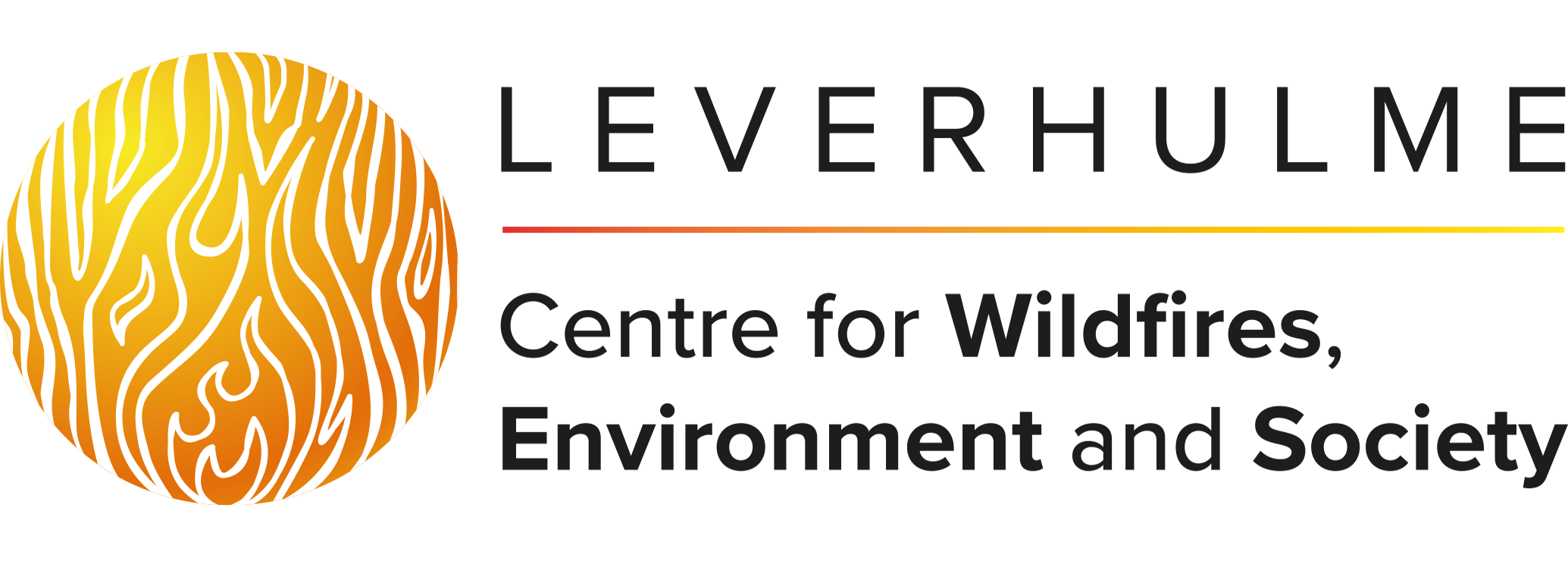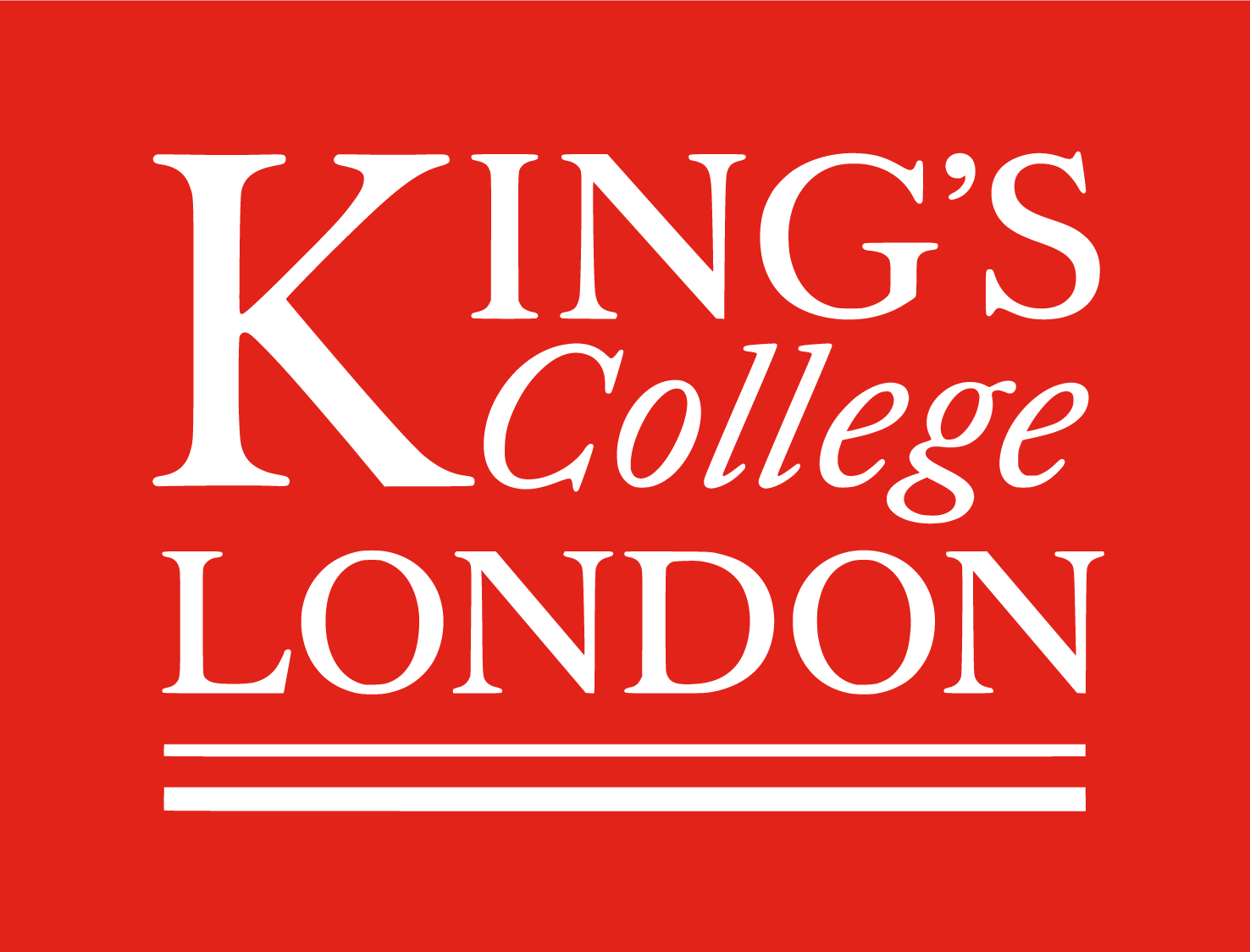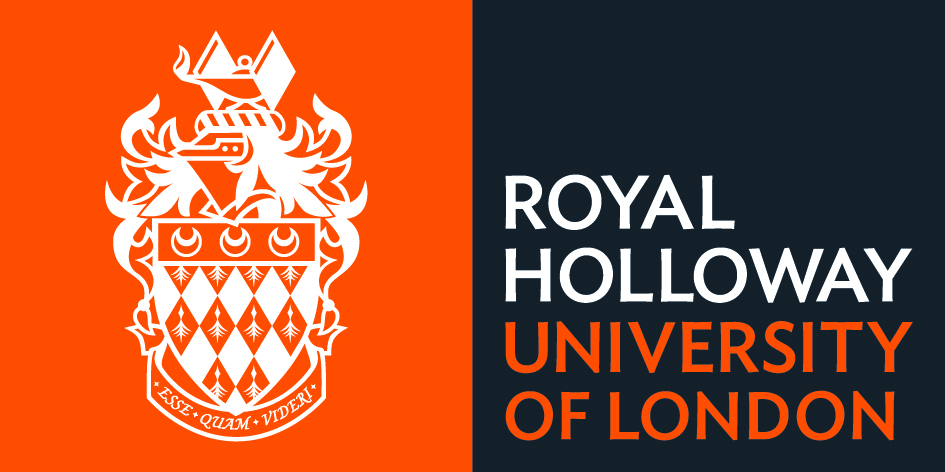In 2022 and 2023, researchers in the Leverhulme Centre for Wildfires, Environment and Society distributed the Global Fire Use Survey to academics and fire practitioners, gathering one of the first global datasets about human fire use and its governance. The survey collected over 300 responses. To make the data more accessible to fire managers, policymakers and academics worldwide, with funding from a UKRI Impact Accelerator grant from Royal Holloway University of London, we created a freely-available interactive app, allowing people to visualise the dataset through maps and graphs. The app, available in English, Spanish and French, was developed through a cross-Centre collaboration between Cathy Smith, Jay Mistry and Kayla de Freitas from Royal Holloway, and Ol Perkins and James Millington from King’s College.
In March 2024, we ran a series of workshops with fire practitioners from state agencies, Non-Governmental Organisations, and community organisations as well as fire researchers. Each workshop focused on a different region of the Global South. The workshops allowed participants to explore the app and discuss its potential to impact upon fire management and policy in their region. In this blog post we share a series of case studies highlighting the relevance of the Global Fire Use Survey and app for the work of some of the workshop participants.
Case Study 1. Glynis Humphrey, from the African Climate and Development Initiative (ACDI), focuses her research on Bwabwata National Park in North-East Namibia, a region marked by socio-political and environmental upheaval. She envisions several uses for the Global Fire Use Survey app. Comparing satellite data with survey responses could reveal discrepancies in fire practices and responses based on fire management plans, political agendas, or livelihood reasons. Additionally, the app could facilitate cross-country comparisons of fire incentives and economic impacts, particularly in African nations reliant on natural resources. It could also highlight seasonal fire patterns and their influence on vegetation change, informing conservation policies.
Case Study 2. Laura Ponce Calderón and Fernando Limón Aguirre are affiliated with El Colegio de la Frontera Sur (ECOSUR) and Christoph Neger works for the National Autonomous University of Mexico (UNAM), all in Mexico. Laura and Fernando believe the Global Fire Use Survey app, which showcases local and smallholder fire use, opens the possibility of a more comprehensive view of fire. They feel that the app could inform climate change mitigation strategies involving fire use and deepen understanding of fire’s cultural and ecological significance. While the map displays simplified fire user information, Christoph sees the potential of using it to compare data between regions and countries. He adds that the ability to download the more qualitative information received by the survey can be helpful in adding more nuance to the presented maps.
Case Study 3. Godwin Dzekoto and Isaac Ntori work with A Rocha Ghana, a leading environmental conservation organization, which focuses on practical interventions for sustainable habitat management and community resilience to climate change. Godwin and Isaac believe that the Global Fire Use Survey app holds immense potential to inform wildfire management, prevention and response. Additionally, they see it helping them to better understand fire use and patterns regionally. They could see themselves using the app in developing community fire management plans, by using it as an educational tool to give communities a more comprehensive global and regional perspective on fire.
Case Study 4. Pedro Martinez Muñoz currently works for the NGO BIOMASA, specialising in fire management, lobbying for policy changes, community collaboration, territorial planning, and training initiatives. Pedro believes the Global Fire Use Survey app could showcase the diverse uses of fire in Mexico and offering insights into successful fire management practices globally. With climate change exacerbating wildfire risks, there’s an urgent need to move beyond prohibitive approaches towards more inclusive strategies. The app, which highlights community fire use and governance worldwide, could advocate for evidence-based fire cause determination and community-grounded fire management approaches. Moreover, Pedro sees the app and survey as sources of guidance and inspiration for further exploration into local fire usage.
Case Study 5. Kid James serves as the program coordinator at the South Rupununi District Council (SRDC), a governing body representing Indigenous communities in Guyana’s South Rupununi region. Kid sees the Global Fire Use Survey app as a valuable tool to inspire discussion, networking and collaboration regionally and globally. The app showcases successful cases of community fire governance, which he feels can inspire local initiatives and help to lobby for better government support for community fire management.
Read all the User Case Studies in full on the app here.






